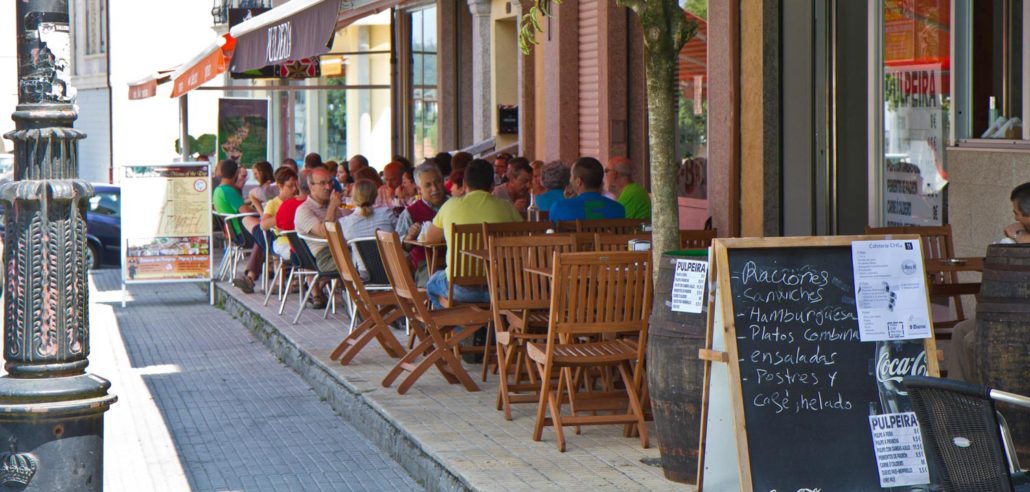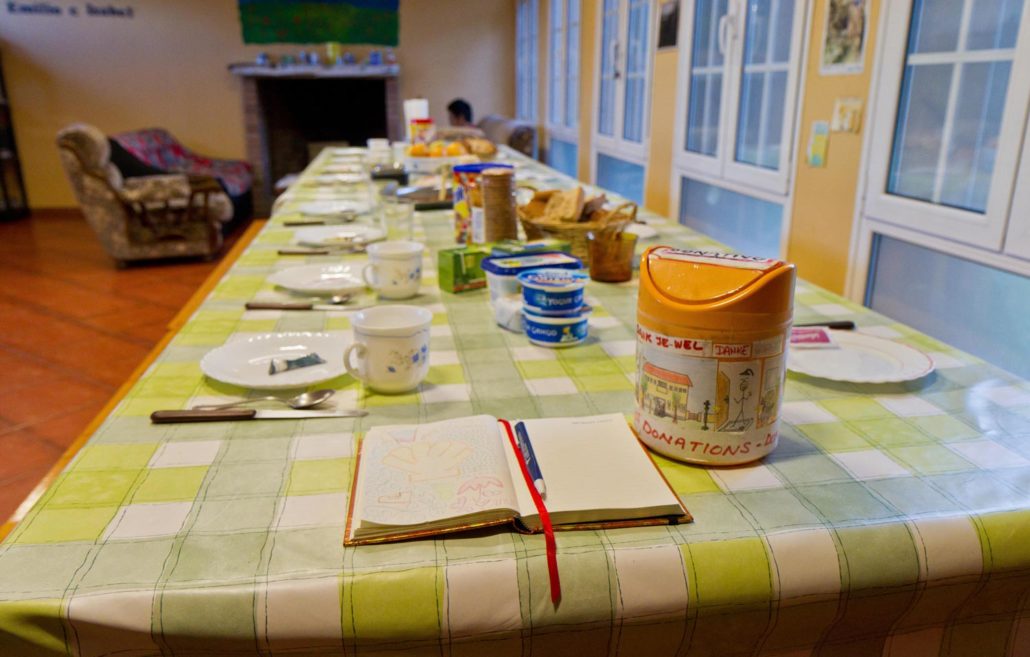Spain’s currency is the euro (€), which is made up of 100 euro cents.
ATMs and Changing Currency
The best way to get euros once you arrive is to use an ATM/cashpoint. This gives you the best rate, usually with a minimal per-withdrawal charge ($2-5 per withdrawal depending on the bank). There are frequent ATM/cashpoint machines along the camino. If you must change currency, don’t change it at the airport, which has the worst rates. Check the rates at several change offices and go with the one offering the best rate and lowest commission fee. Travelers checks should be avoided as they are difficult and time-consuming to change into cash.
Credit Cards
Visa and Mastercard are accepted in Spain, though most public albergues and some small-town businesses operate on a cash-only basis. Many North American credit cards charge a 3% currency conversion, so you may consider applying for one that does not have this fee, such as Capital One or Chase Sapphire. While stores that accept credit cards can process magnetic strip cards, Europe generally uses chip and pin cards. Some unmanned kiosks (such as metro or train ticket machines) may not accept cards that are not chip and pin.
Daily Costs
One of the reasons for the success of the Camino de Santiago is its appeal to those on all ends of the budget spectrum, especially budget travelers. The average cost to walk the Camino Francés, staying in pilgrim hostels and eating in restaurants, is about €35 per person, per day (average of €10 for hostel and €25 for food/drinks/entrance fees). If you choose to prepare your own meals from grocery stores and stay only in the cheapest albergues, the costs can be even lower. If you prefer private accommodations, and plan to eat out in nicer restaurants, you should budget more like €50-80 per day. If you like to stay in the poshest hotels and eat luxuriously, the sky is the limit on how much you can spend.
Total Trip Costs
Most pilgrim budgets fall in the $30-60 (€25-50) per day range, meaning a 30-day walk would cost $900-1800 (€750-1500). If you don’t already have hiking gear, new gear could easily cost $300-600 (€250-500) if you need to get new footwear, backpack and sleeping bag. Flights from the USA to Spain often average around $700-1200 (€550-1000) plus $200-300 for local transport (train or bus to/from Camino) while flights from Europe are often half of that price. See expedia.com to calculate your airfare.
So the total-trip budget range for a month-long walk for an average pilgrim from North America is around $2000-4000. This amount does not figure in any trip or health insurance, the cost of getting a passport, etc.
Tips for Saving Money on the Camino:
- Buy used gear on Facebook Marketplace, Ebay, Craigslist or Gear Trade, or check out local garage sales.
- Look for flights well in advance and utilize frequent flier miles or credit card points if possible.
- Book long-distance trains ahead of time for the best prices.
- Try to stay at albergues with kitchen facilities (you can see which ones do at our accommodations list), cook your own pasta or rice dishes instead of eating out. Make your own coffee in the morning.
- Check what is left behind at albergues, many kitchens have dry goods, spices, oil, etc that others have left behind. Check for left behind toiletries when yours are running low.
Updated January 2025


